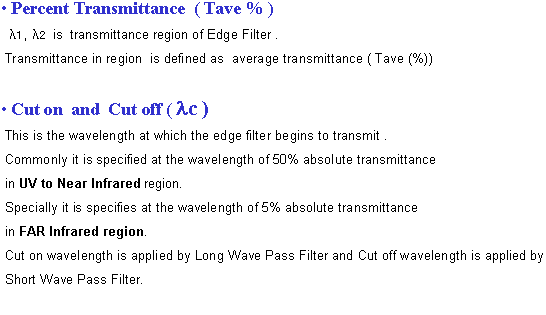
When waves travel from one medium to another the frequency never changes. Assuming a sinusoidal wave moving at a fixed wave speed, wavelength is inversely proportional to frequency of the wave: waves with higher frequencies have shorter wavelengths, and lower frequencies have longer wavelengths.īeside above, what changes the frequency of a wave? Wave speed, frequency and wavelength in refraction Although the wave slows down, its frequency remains the same, due to the fact that its wavelength is shorter. Wavelength is commonly designated by the Greek letter lambda (λ). Then, how does wavelength relate to frequency?

The opposite is also true-as frequency decreases, wavelength increases. So, as frequency increases, wavelength decreases. Removal of factory filters increases sensitivity to such targets, and may also increase sharpness, as such filters may also include anti-aliasing filters.When frequency increases more wave crests pass a fixed point each second. Film sizes larger than 35 mm may be handled in the same way for larger filter production.įor astrophotography, many photogenic targets (such as emission nebulae) are bright in the far red and near infrared. In the same way, visually opaque "black" color-positive film emulsions mounted in cardboard, as for routine slide projection, provide inexpensive cardboard-mounted infrared filters. (Some special communication may be necessary in such submission, to ensure that all of the "black" negative film thus produced is indeed returned, and that there is no need to print the color-negative results on photographic paper). The leaders of 35mm film are ideal for this, without wasting an entire roll of film. Such filter stock is most easily made available most simply by having any commercial color negative film developed after being fully exposed to light. Such filters can be used both over color camera lenses, and to filter visible light from IR illumination sources. Since the dyes in processed film block various part of visible light but are all fairly transparent to infrared, dark black sections of any processed film (where all visible colors are blocked) pass only infrared light and are commonly used (layering one over another if necessary for better visual light filtering) as a cheap alternative to expensive glass-backed filters. Such filters appear black to the eye, but are transparent when viewed with an IR sensitive device. IR-transmitting (passing) filters, or removal of factory IR-blocking filters, are commonly used in infrared photography to pass infrared light and block visible and ultraviolet light. Digital cameras are usually equipped with IR-blocking filters to prevent unnatural-looking images. Unlike the eye, sensors based on silicon (including CCDs and CMOS sensors) have sensitivities extending into the near-infrared. However, in some applications the term "IR filter" still can be used as a synonym of infrared cut-off filter. Because of this, the term "IR filters" is commonly used to refer to filters that pass infrared light while completely blocking other wavelengths. A blue filter marginally allows more light in the blue wavelength to pass resulting in a slight shift of the color temperature of the photo to a cooler color.

Thus a blue filter makes the picture look blue.

In contrast to the naming convention of optical filters where the name of the filter denotes the wavelengths that are blocked, and in line with the convention for air filters and oil filters, photographic filters are named for the color of light they pass. IR transmitting filters, used in photography.


 0 kommentar(er)
0 kommentar(er)
